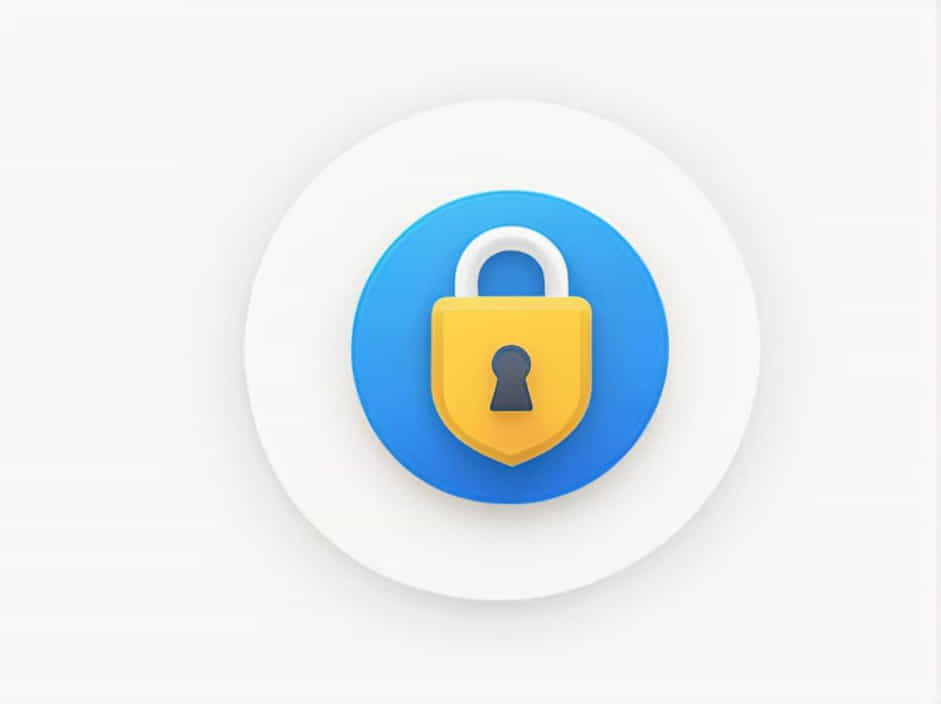In today’s digital world, cybersecurity is a top priority for businesses. One of the most critical aspects of security is protecting privileged accounts, which have high-level access to sensitive systems and data. If these accounts are compromised, attackers can gain control over an organization’s entire network.
This is where One Identity Safeguard for Privileged Passwords comes in. It is a powerful Privileged Access Management (PAM) solution that helps businesses secure, monitor, and manage privileged credentials effectively. This topic explores its features, benefits, and how it enhances cybersecurity.
1. What Is One Identity Safeguard for Privileged Passwords?
One Identity Safeguard for Privileged Passwords is a password vaulting solution designed to store, manage, and control access to privileged credentials. It helps organizations:
- Prevent unauthorized access to critical systems.
- Ensure compliance with security regulations.
- Monitor and record privileged sessions for auditing.
This solution is ideal for businesses that want to protect privileged accounts and reduce the risk of cyberattacks.
2. Why Are Privileged Passwords a Security Risk?
Privileged accounts, such as administrator accounts, database access, and service accounts, often have elevated permissions. If these accounts fall into the wrong hands, it can lead to:
- Data breaches and loss of sensitive information.
- System manipulation or network shutdowns.
- Compliance violations resulting in legal consequences.
Weak or hardcoded passwords make these risks even greater. This is why a Privileged Access Management (PAM) solution like One Identity Safeguard is essential.
3. Key Features of One Identity Safeguard for Privileged Passwords
3.1. Secure Password Vaulting
One Identity Safeguard stores privileged credentials in an encrypted vault, preventing unauthorized access. Users must request access, and the system automatically rotates passwords after use.
3.2. Automated Password Management
Manually managing privileged passwords is inefficient. Safeguard automates:
- Password rotation to prevent reuse.
- Expiration policies for enhanced security.
- Access approvals with workflow-based controls.
3.3. Real-Time Session Monitoring
This feature allows organizations to:
- Record privileged sessions for security audits.
- Detect suspicious behavior in real-time.
- Terminate unauthorized access immediately.
3.4. Multi-Factor Authentication (MFA) Integration
Adding an extra layer of security, MFA ensures only authorized users can access privileged accounts. This reduces the risk of credential theft.
3.5. Compliance and Audit Reporting
One Identity Safeguard provides detailed reports on privileged access, helping businesses:
- Meet compliance requirements (GDPR, HIPAA, PCI DSS).
- Track who accessed what and when.
- Identify potential security threats.
3.6. Secure Access for Remote Users
With more employees working remotely, One Identity Safeguard ensures that privileged access remains secure, even outside the corporate network.
4. Benefits of Using One Identity Safeguard for Privileged Passwords
4.1. Enhanced Security
By eliminating shared passwords and enforcing strict access controls, One Identity Safeguard prevents hackers from exploiting privileged accounts.
4.2. Reduced Human Error
Automated password rotation and session monitoring reduce the chances of security breaches caused by employee mistakes.
4.3. Simplified Access Management
IT teams no longer need to manually reset privileged passwords, saving time and reducing administrative workload.
4.4. Improved Compliance
With detailed audit logs and reports, businesses can prove compliance with industry regulations.
4.5. Increased Productivity
Secure yet seamless access allows employees to perform tasks efficiently while maintaining security.
5. How One Identity Safeguard Works
5.1. Storing and Managing Credentials
Privileged passwords are stored in a secure, encrypted vault. Access is granted only after approval.
5.2. Requesting Privileged Access
Users must submit a request for access. Approval workflows ensure that only authorized personnel can use privileged accounts.
5.3. Password Rotation After Use
Once access is granted, the password is changed automatically after use, ensuring it cannot be reused.
5.4. Monitoring and Recording Sessions
Every privileged session is monitored in real-time, and recordings are stored for audit purposes.
5.5. Generating Compliance Reports
Detailed logs allow security teams to track all privileged access activities and identify potential risks.
6. Who Should Use One Identity Safeguard?
One Identity Safeguard is ideal for:
- Large enterprises with multiple privileged accounts.
- Financial institutions handling sensitive transactions.
- Healthcare organizations that must comply with strict data security laws.
- Government agencies managing confidential information.
- IT administrators who need to enforce security policies.
7. Best Practices for Privileged Password Management
Even with a PAM solution, businesses should follow these best practices:
7.1. Implement the Principle of Least Privilege (PoLP)
Grant users only the minimum access necessary to perform their tasks.
7.2. Enforce Strong Authentication Methods
Use Multi-Factor Authentication (MFA) to protect privileged accounts.
7.3. Regularly Rotate and Update Passwords
Frequent password changes prevent unauthorized long-term access.
7.4. Monitor and Audit Privileged Activities
Review privileged session logs regularly to detect anomalies.
7.5. Educate Employees About Cybersecurity
Train employees to recognize phishing attempts and security threats.
8. Future of Privileged Access Management
With the rise of cyber threats, organizations will need even more advanced PAM solutions. Future trends include:
- AI-powered security analytics for threat detection.
- Zero-trust architecture to verify every access request.
- Stronger biometric authentication methods.
- Cloud-based PAM solutions for remote work security.
One Identity Safeguard continues to evolve, ensuring that businesses stay ahead of cyber threats.
One Identity Safeguard for Privileged Passwords is a powerful tool that helps organizations secure, manage, and monitor privileged access.
- It prevents unauthorized access with secure password vaulting.
- It automates password rotation and enforces multi-factor authentication.
- It ensures compliance with industry regulations.
- It reduces security risks by monitoring privileged sessions in real time.
By implementing One Identity Safeguard, businesses can protect their most sensitive data and prevent cyberattacks. Privileged Access Management is no longer optional—it is a necessity in today’s digital world.
